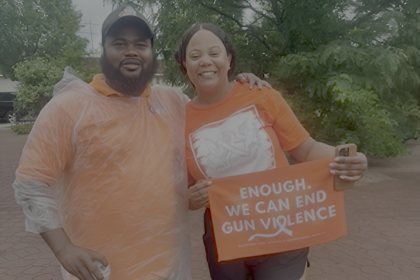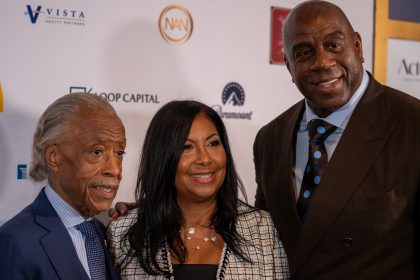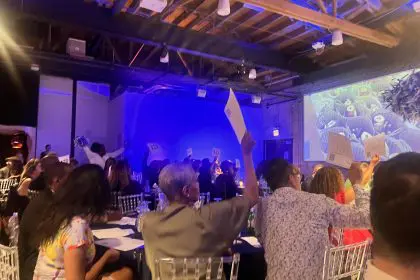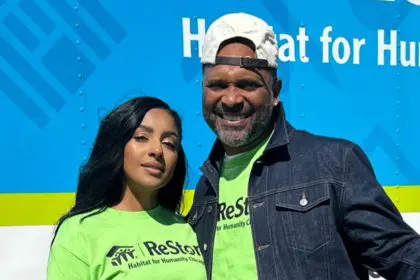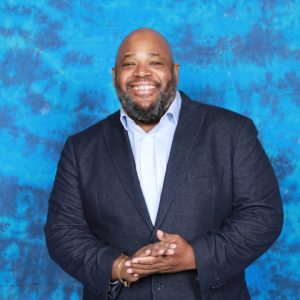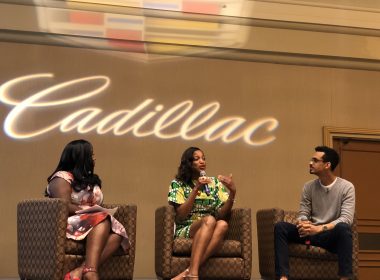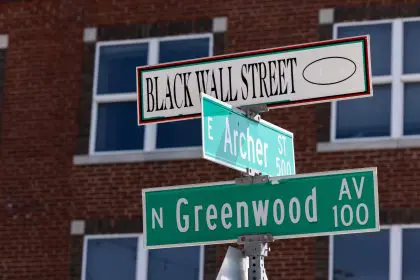In a conversation with rolling out, McKinley Nelson, the founder of Project sWISH Chicago, dives deep into his mission to provide a safe space and critical resources for young men in the city. As he prepares for the third annual 28 Hours of Peace lock-in event, Nelson discusses the inspiration behind the initiative, the impact of his organization, and his vision for the future. From basketball courts to mental health support, Project sWISH is a program and a movement.
Nelson shares how Chicago’s ongoing battle with violence has shaped his work, the role of partnerships like Blue Cross Blue Shield of Illinois, and why grooming the next generation of leaders is key to sustaining his mission. He also opens up about the personal toll of this work and how he maintains balance.
What inspired you to create this 28-hour lock-in event instead of a shorter program?
It started two years ago as a way to celebrate my 28th birthday with the community. Two years ago, we did 26 Hours of Peace, and it was designed to give people unfamiliar with Project sWISH a condensed version of what we do year-round. We jam-packed everything within 26 hours — entrepreneurship courses, financial literacy, mental health conversations, and, of course, basketball. Everything we provide throughout the year, we condensed into one immersive experience. Now, with it being our third year doing it, and since I’m 28, we increased it to 28 hours. And this time, we’re doing everything possible to make it the most impactful one yet. We now have 150 kids spending the night, ensuring they receive everything they need from every angle.
Talk about the ways Project sWISH helps equip young men in Chicago to become leaders in their community.
One of the reasons Project sWISH has been successful is because myself and the guys helping me run it are near peers to the young men we serve. They see us leading within our community, and it inspires them to take action now rather than waiting to create change.We come from the same neighborhoods, experience the same things, and we understand their struggles firsthand. My dad reminds me that the violence we see isn’t new — he saw it growing up, too. But he gave me wisdom, and now we’re passing that wisdom along.We show them that it’s possible to navigate these challenges and still be successful Black men. And that example alone is powerful.
How has Chicago’s ongoing struggle with violence shaped the programs, discussions, and activities you choose for the lock-in?
The violence has shaped everything about Project sWISH. Our program is a violence prevention and interruption initiative —we operate in high-crime areas at high-crime times to keep kids engaged and away from the streets. If someone had told me that I’d have 150 young men spending the night on 63rd Street in Englewood with no issues, I wouldn’t have believed them. But we’ve taken these risks, and we’ve been successful. Beyond prevention, we also focus on healing for kids who have experienced violence. That’s why our mental health support is so critical. Every participant in Project sWISH has access to free therapy, whether it’s individual talk therapy, group therapy, art therapy, music therapy, or even emotional dog therapy. We’ve tapped into resources wherever we can, and our goal is to help Chicago’s youth heal in every possible way.
You’ve got 7,000 participants and 150 kids meeting you in Englewood. What do you do to take care of yourself?
Balance is everything. This work is heavy, and it can be traumatizing. I wake up for my 6 a.m. yoga class, and that routine helps me stay centered. I also make sure to still travel, hang out with friends, and spend time with family. I have to remember that I’m 28 — I need to live life while doing this work.
What role does Blue Cross Blue Shield of Illinois play in supporting the event?
Blue Cross doesn’t just support this event — they support Project sWISH year-round. Our partnership started four years ago when we pitched an idea to take kids to New York for spring break, and they backed it. Since then, they’ve supported trips to Atlanta, D.C., and now Texas. Getting a big organization like Blue Cross to believe in us means a lot. And this weekend, we’ll hear from their team about why they continue to invest in Project sWISH.
If you could envision Project sWISH five years from now, what would success look like?
Professionally, I want Project sWISH to have its own facility. A Project sWISH Center where kids can walk in anytime and have access to a safe space. Beyond that, I want to see Project sWISH in New York, Atlanta, L.A., even Ghana. On a personal level, I want to be grooming the next generation — finding that 19- or 20-year-old leader to take this movement forward.

